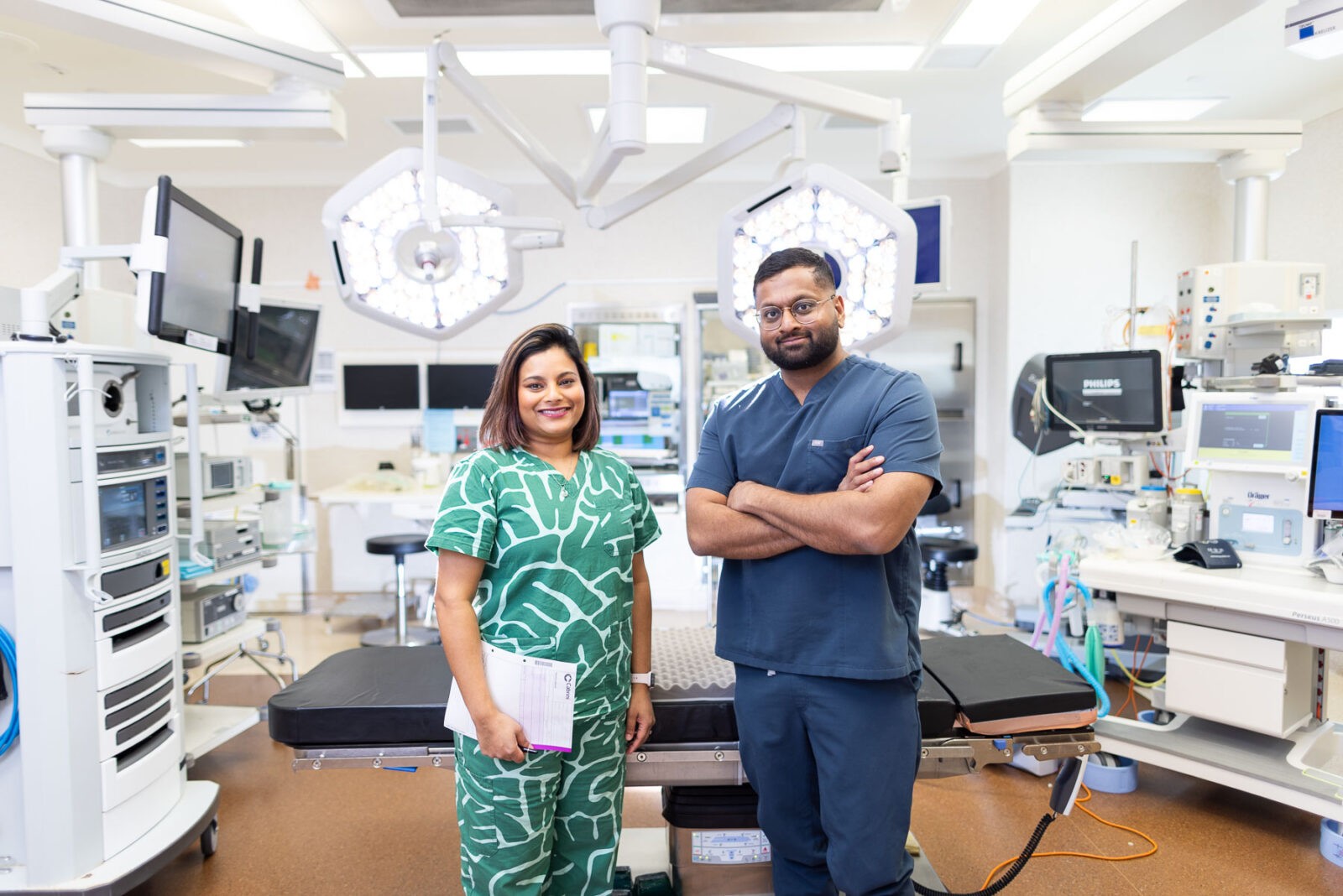These conditions can range from infections and inflammation to precancerous changes and cancer.
Regular cervical screening is crucial for early detection and management of these conditions, which can significantly impact a woman’s health and fertility.
In Australia, the National Cervical Screening Program (NCSP) plays a vital role in reducing the incidence and mortality of cervical cancer through regular HPV (human papillomavirus) testing.
Human papillomavirus (HPV) is a group of more than 200 related viruses, with over 40 types that can infect the genital areas, mouth, and throat. HPV is the most common sexually transmitted infection (STI) globally, including in Australia. While strainsinfections are harmless and resolve on their own, some are responsible for genital warts whilst others some can lead to serious health problems, including cervical cancer.
The NCSP in Australia recommends regular cervical screening tests for women aged 25 to 74 who have ever been sexually active.
The screening test checks for HPV infection, which can lead to cervical cell changes and cervical cancer. The introduction of the HPV vaccine has also significantly contributed to reducing the incidence of cervical cancer.
Cervical dysplasia involves abnormal changes in the cells on the surface of the cervix, which can be detected through cervical screening tests.
Cervicitis refers to inflammation of the cervix, often caused by infections, irritants, or allergies.
Cervical polyps are small, benign growths on the cervix.
Cervical cancer is a malignant tumour arising from the cervix, most commonly caused by persistent infection with high-risk HPV types.









We are a general gynaecology and infertility treatment clinic based in Melbourne, dedicated to the latest minimally invasive gynaecological diagnostic and surgical techniques. We are leaders in laparoscopic and cutting-edge robotic surgery.
If you have a question about a condition or treatment, or would like to book an appointment, please get in touch.